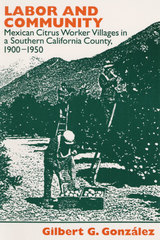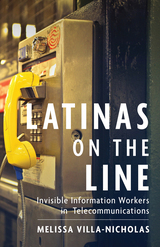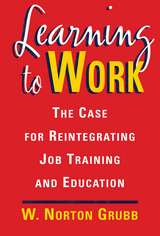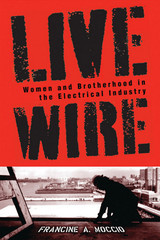6 start with L start with L





Ho, who worked at an investment bank herself, argues that bankers’ approaches to financial markets and corporate America are inseparable from the structures and strategies of their workplaces. Her ethnographic analysis of those workplaces is filled with the voices of stressed first-year associates, overworked and alienated analysts, undergraduates eager to be hired, and seasoned managing directors. Recruited from elite universities as “the best and the brightest,” investment bankers are socialized into a world of high risk and high reward. They are paid handsomely, with the understanding that they may be let go at any time. Their workplace culture and networks of privilege create the perception that job insecurity builds character, and employee liquidity results in smart, efficient business. Based on this culture of liquidity and compensation practices tied to profligate deal-making, Wall Street investment bankers reshape corporate America in their own image. Their mission is the creation of shareholder value, but Ho demonstrates that their practices and assumptions often produce crises instead. By connecting the values and actions of investment bankers to the construction of markets and the restructuring of U.S. corporations, Liquidated reveals the particular culture of Wall Street often obscured by triumphalist readings of capitalist globalization.

In Live Wire, Francine Moccio brings to life forty years of public policy reform and advocacy that have failed to eliminate restricted opportunities for women in highly paid, skilled blue-collar jobs. Breaking barriers into a male-only occupation and trade, women electricians have found career opportunities in nontraditional work. Yet their efforts to achieve gender equality have also collided with the prejudice and fraternal values of brotherhood and factors that have ultimately derailed women's full inclusion.
By drawing instructive comparisons of women’s entrance into the electricians’ trade and its union with those of black and other minority men, Moccio’s in-depth case study brings new insights into the ways in which divisions at work along the lines of race, gender, and economic background enhance and/or inhibit inclusion. Incorporating research based on extensive primary, secondary, and archival resources, Live Wire contributes a much-needed examination of how sex segregation is reproduced in blue-collar occupations, while also scrutinizing the complex interactions of work, unions, leisure, and family life.
READERS
Browse our collection.
PUBLISHERS
See BiblioVault's publisher services.
STUDENT SERVICES
Files for college accessibility offices.
UChicago Accessibility Resources
home | accessibility | search | about | contact us
BiblioVault ® 2001 - 2024
The University of Chicago Press









